Related Topics
[Windows 11/10] Troubleshooting - Device Automatically Enters Sleep or Hibernate
Applicable Products: Notebook, Desktop, All-in-One PC, Gaming Handheld, Motherboard, Graphics Card, LCD Monitor, MiniPC
In the default power efficiency settings of Windows operating systems, the device automatically turns off the screen and enters sleep mode after a period of inactivity. If you wish to prevent your device from entering sleep mode or have adjusted power settings but it still enters sleep mode automatically, here are some troubleshooting methods to assist you in resolving these issues.
Please follow the operation instructions corresponding to your current Windows operating system version:
Windows 11 Operating System
Table of Contents:
Check Windows Power Settings
- Click on the [Start] icon
 ① in the taskbar, then click [Settings]
① in the taskbar, then click [Settings] ②.
②. 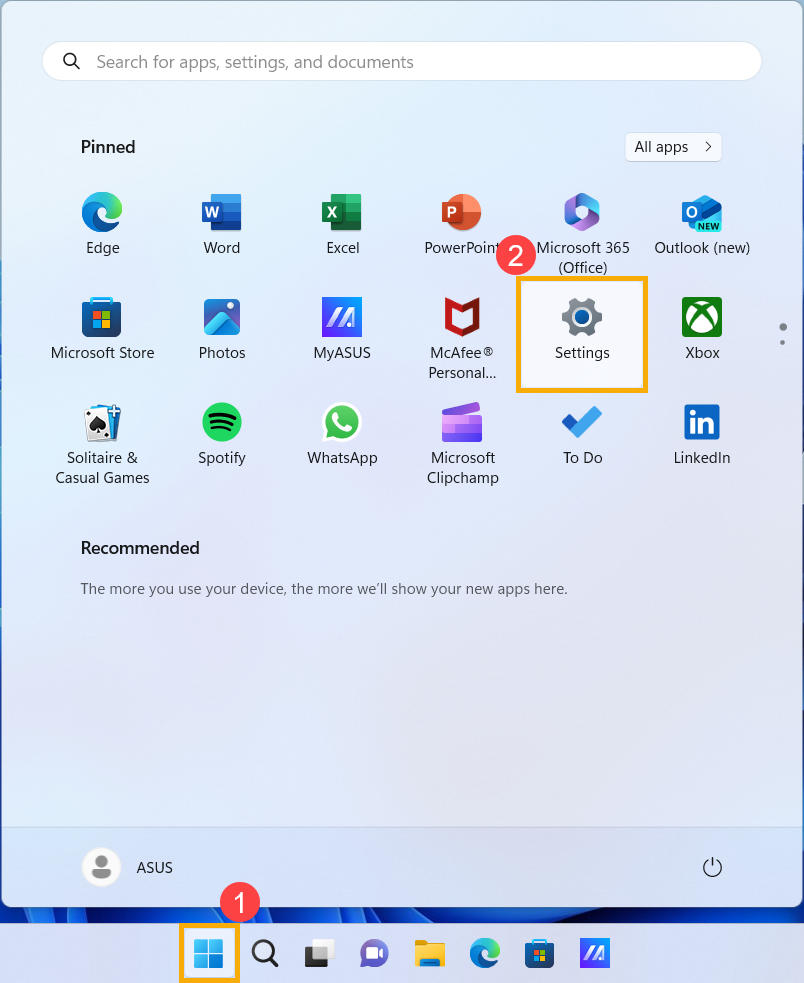
- In the Windows Settings window, click [System]③, then [Power & battery]④.

- Under the Power category, click [Screen and sleep]⑤ to expand additional settings.
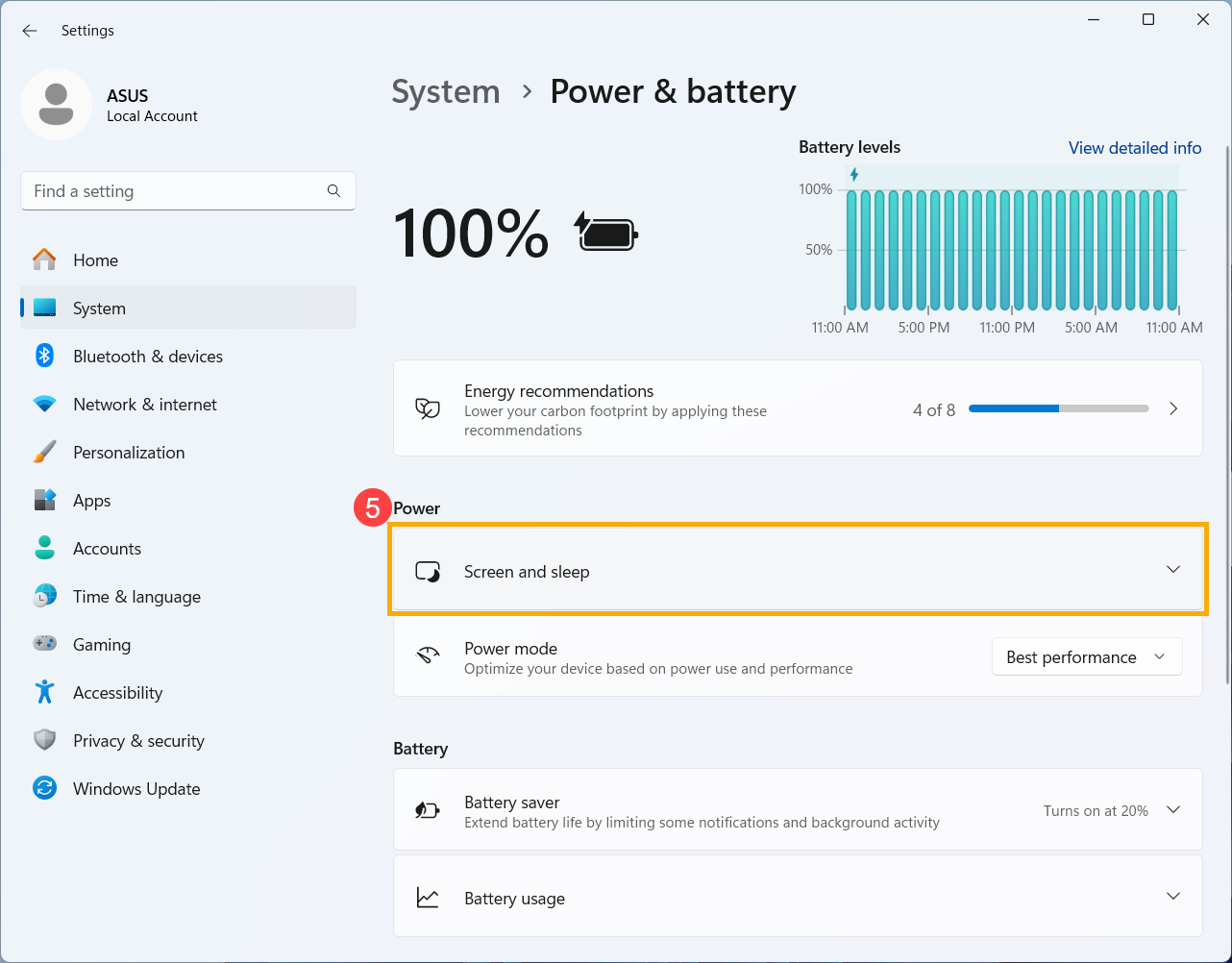
- After expanding additional power settings, you can adjust two settings here⑥:
- Screen: Select how long your screen waits before turning off when you're not using the device.
- Sleep: Choose how long your device waits before entering sleep when not in use.
Note: If you want to disable sleep mode, simply change the setting to 'Never' in the dropdown menu.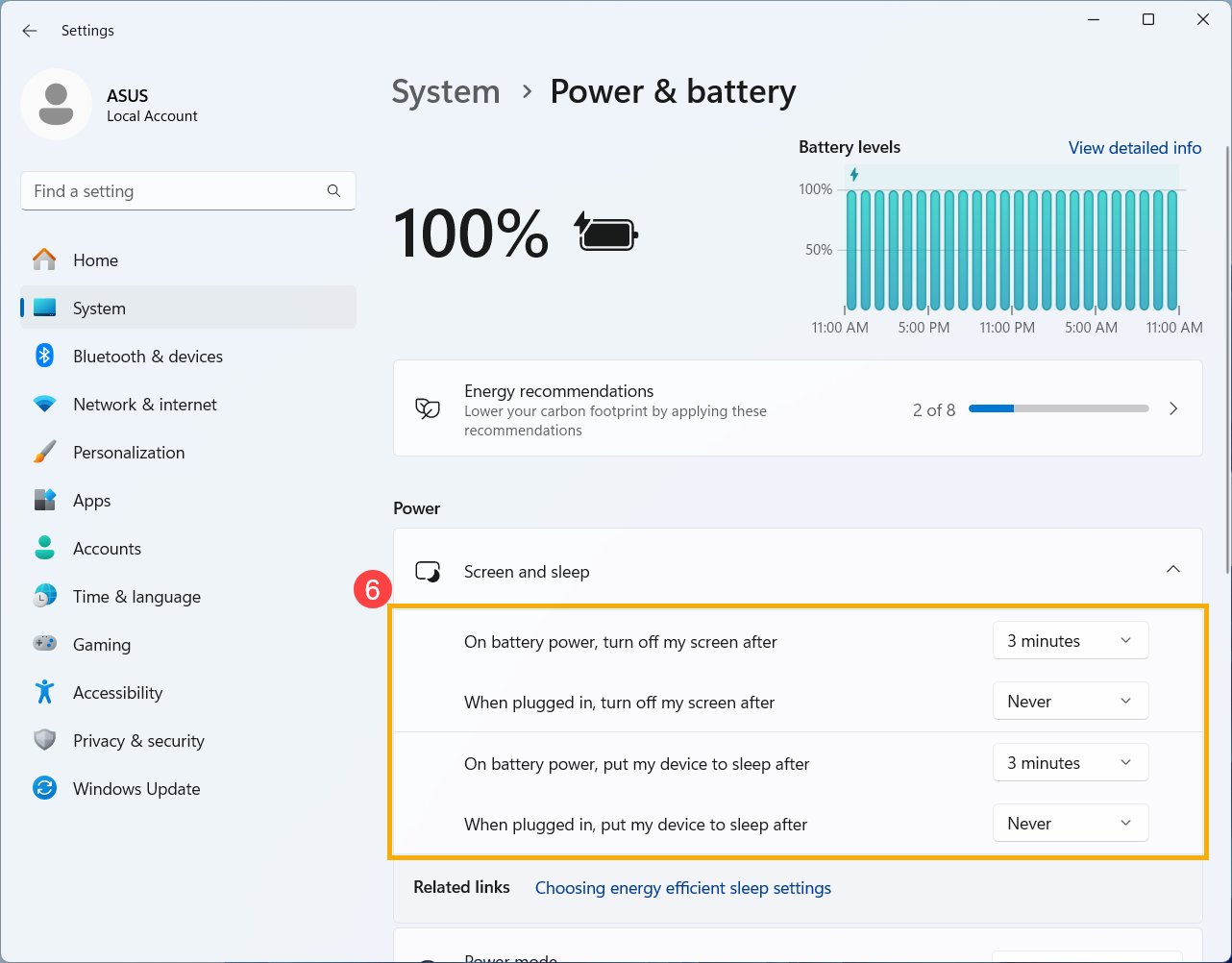
Modify Power Options
- Type and search [Control Panel]① in the Windows search bar, then click [Open]②.
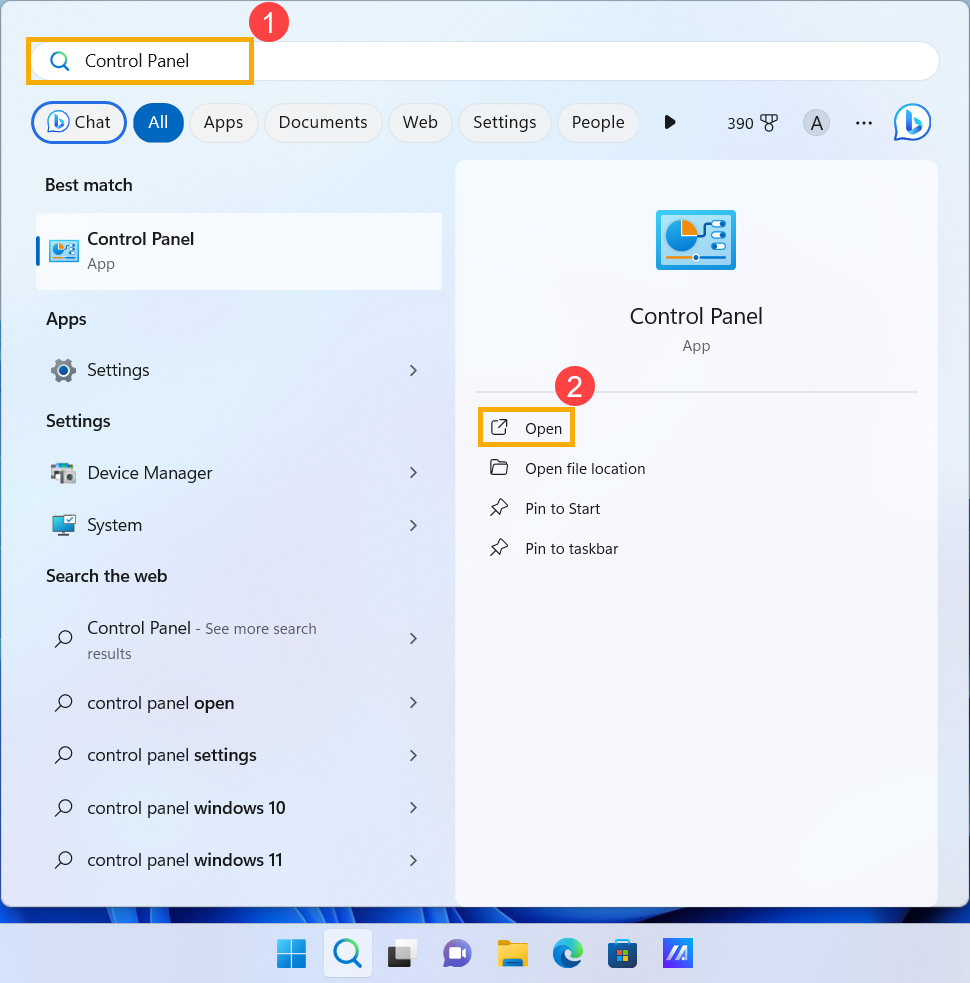
- In the Control Panel window, click [System and Security]③.
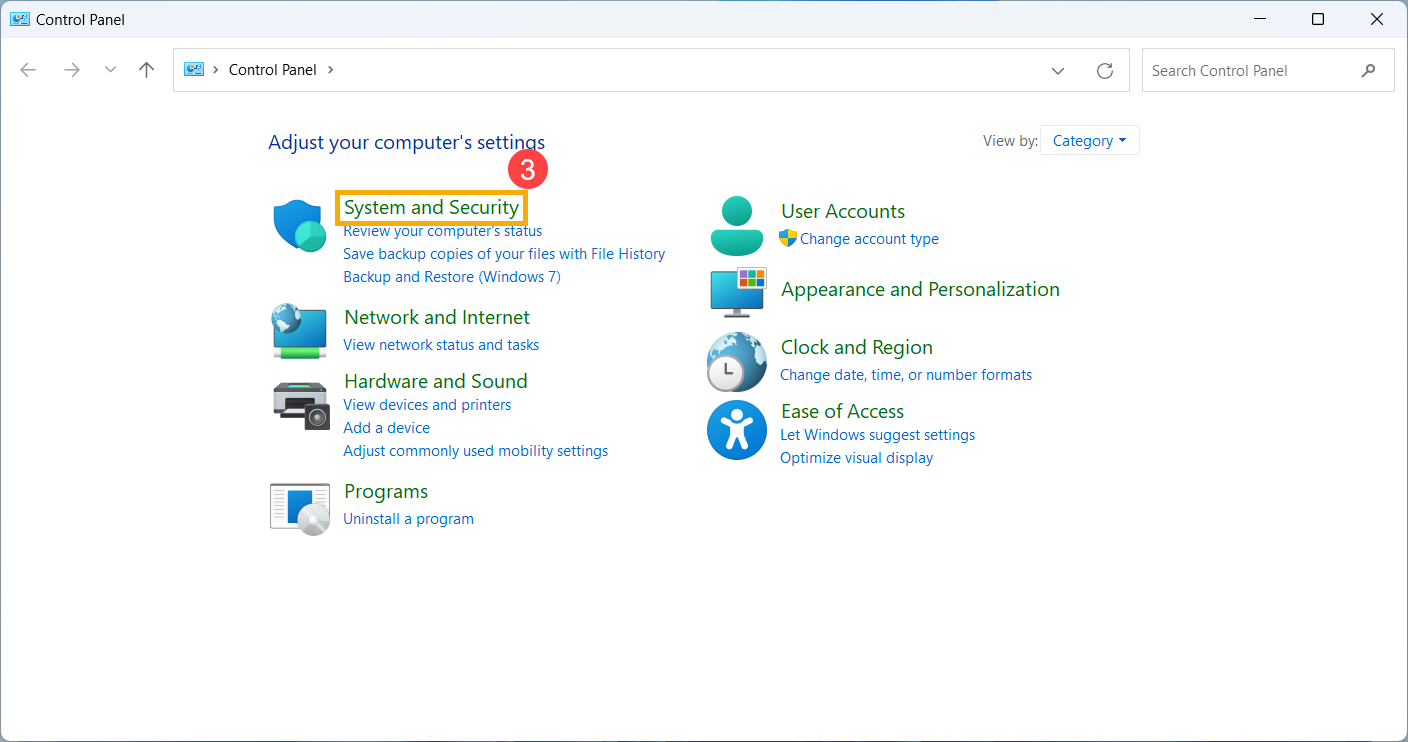
- In the Power Options category, click [Change what the power buttons do]④.
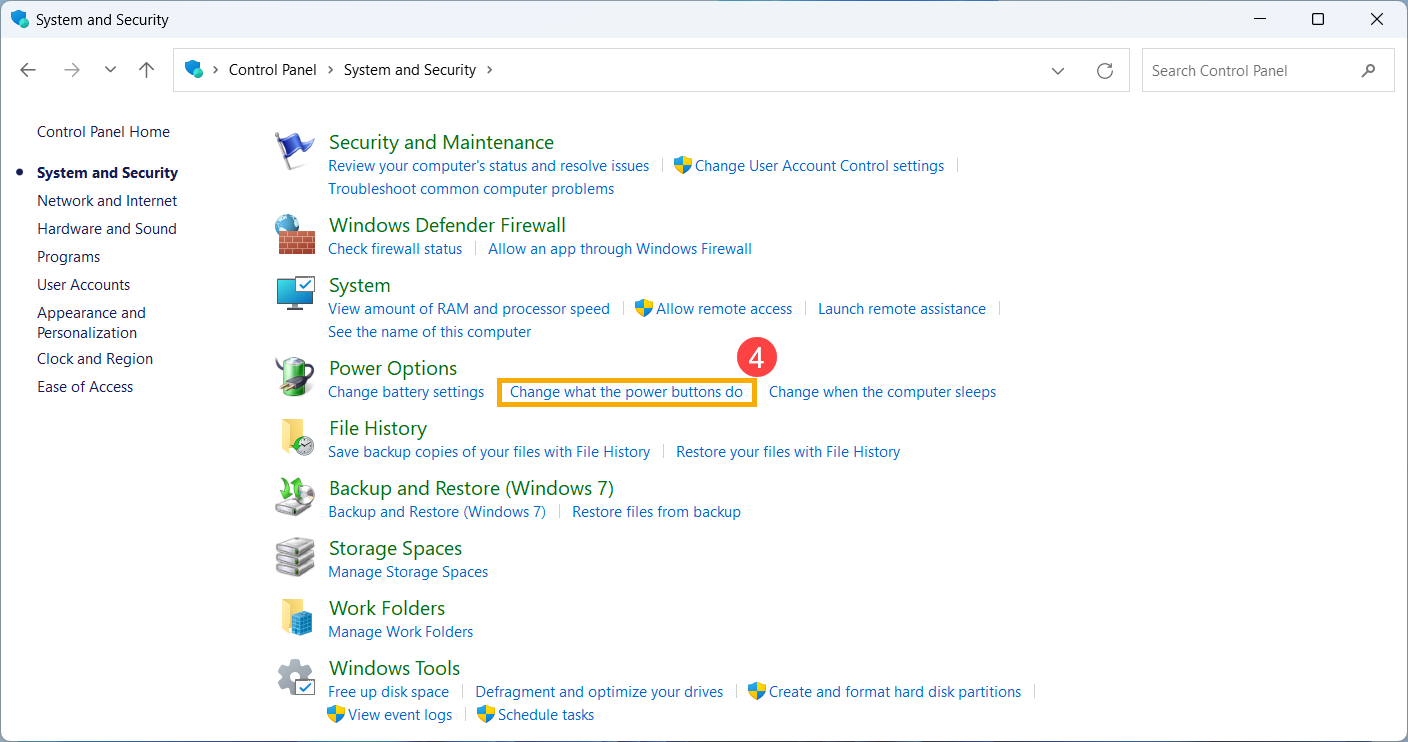
- Here, you can set what actions to take when you press the power button or when you close your laptop screen⑤.
Note: Desktop computers, All-in-One PCs, and gaming handhelds do not have the 「When I close the lid」 setting.
Note: If you wish to disable sleep mode, change the corresponding setting to 'Do nothing' and then save the changes.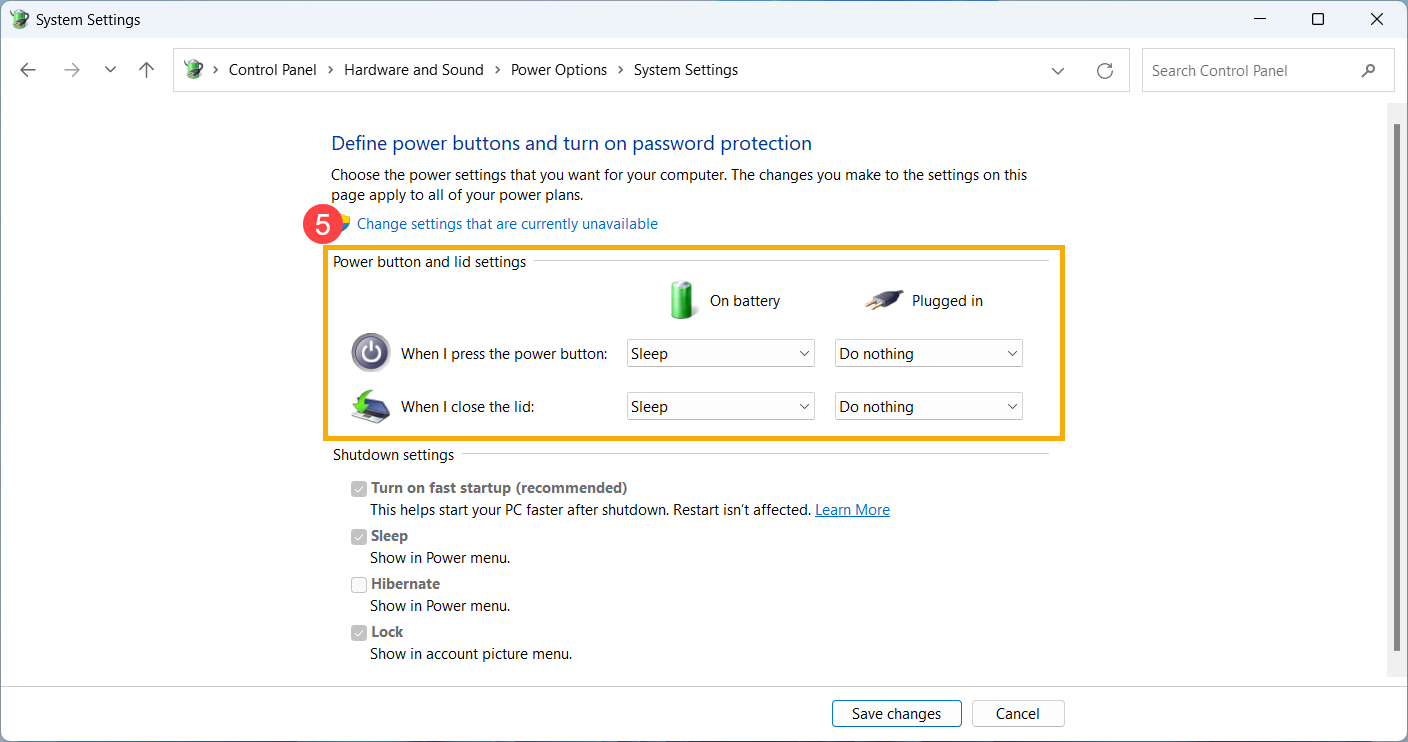
Update and Confirm BIOS, Windows Updates, and Drivers
Software updates often improve system stability and optimization, so it's recommended to regularly check for the latest versions for your device. Learn more about how to update BIOS:
How to update the BIOS version in Windows system
How to use EZ Flash to update the BIOS version
(For desktop products, please refer to ASUS Motherboard EZ Flash 3 Introduction.)
For executing Windows update and drivers update, here you can learn more about:
How to update drivers via System Update in MyASUS
Disable Hibernate
If you wish to completely turn off hibernation, you can use the following Command Prompt method:
- Type and search [Command Prompt]① in the Windows search bar, then click [Run as administrator]②.
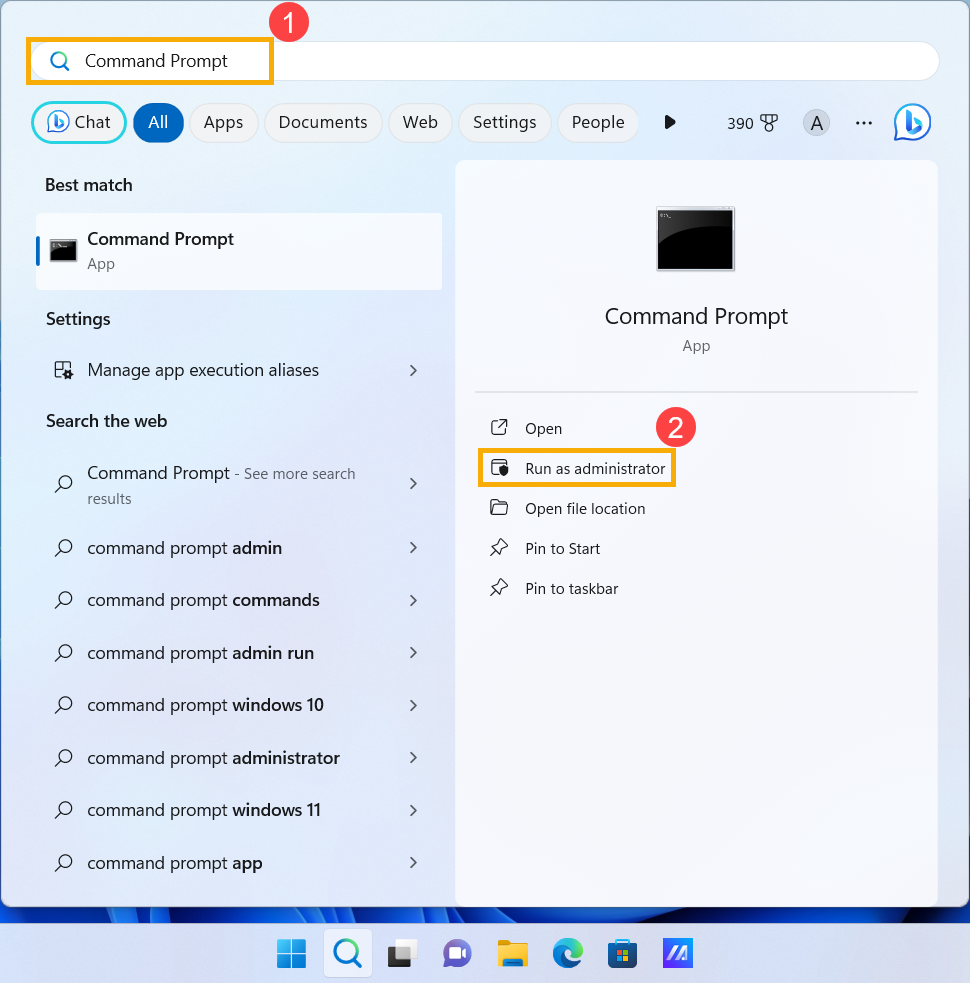
- When the User Account Control prompt appears, select [Yes]③.
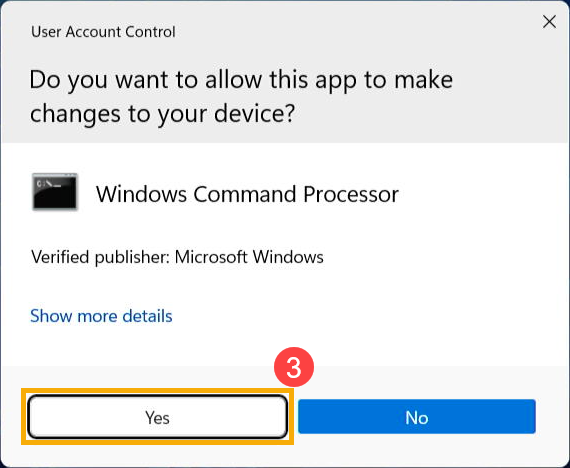
- In the Command Prompt, type 'powercfg.exe /hibernate off'④ and then press the Enter key to disable hibernation.
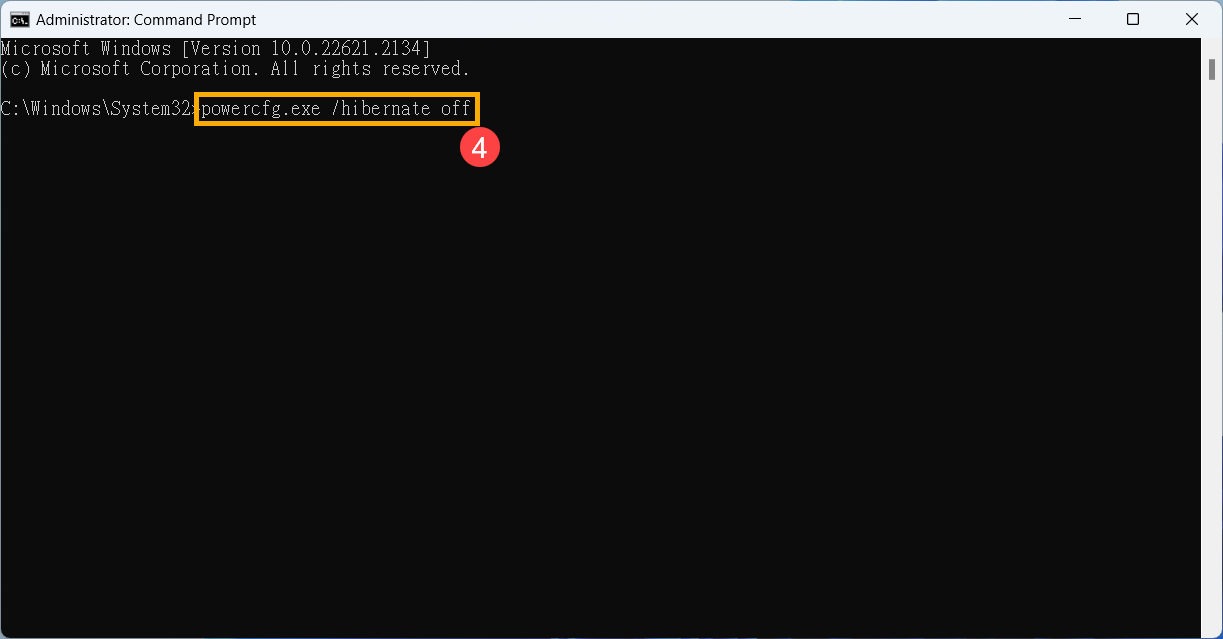
Note: If you wish to re-enable hibernation, simply use the Command Prompt again, and run the command 'powercfg.exe /hibernate on' with administrator privileges.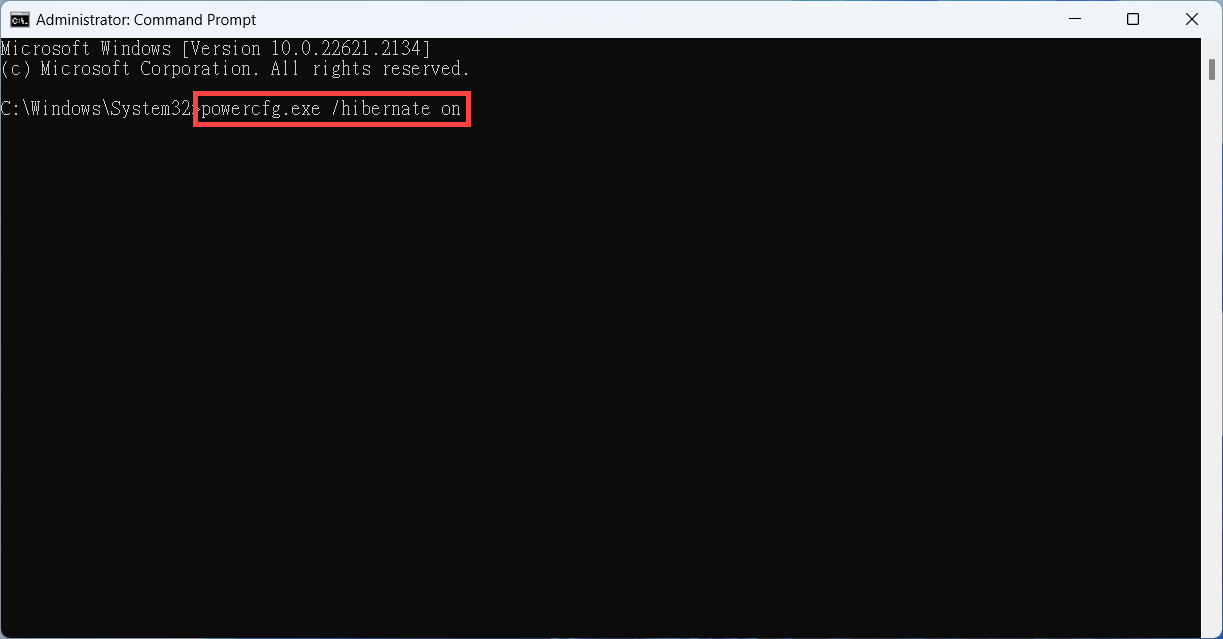
Inspect Device Cooling Issues
Fans within a device aid in air circulation to maintain stable and safe internal temperatures. If abnormal heating occurs due to cooling issues and threatens hardware damage, the device typically enters sleep mode or shuts down automatically. You can refer to this article to address cooling and fan problems: Troubleshooting - Cooling and Fan Issues.
Check Windows Task Scheduler
The built-in Windows Task Scheduler allows you to execute automated tasks on your device. While using this service, you can schedule programs to run on your device at specific events or times.
Examine your Task Scheduler settings to ensure no unintended tasks are causing your device to enter hibernate mode at unwanted times.
- Type and search [Control Panel]① in the Windows search bar, then click [Open]②.

- In the Control Panel window, click [System and Security]③.

- In the Windows Tools category, click [Schedule tasks]④.
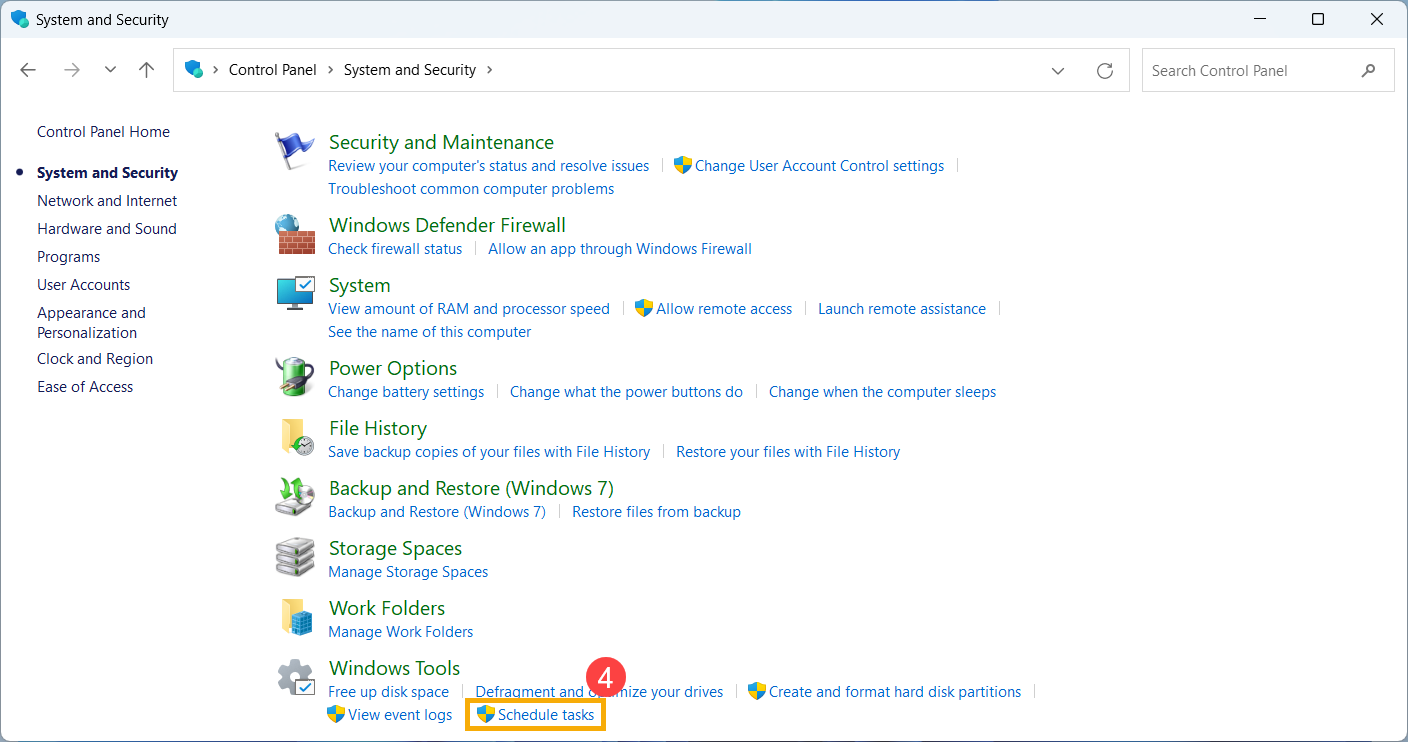
- In the Task Scheduler window, click on the [Task Scheduler Library]⑤ in the left-hand panel. The list above will display tasks configured for this device⑥. Check whether there are any scheduled tasks causing the device to enter sleep mode at times you do not desire.
Note: Pay special attention to tasks utilizing commands like 'shutdown /h' to trigger hibernation.
Use System Restore to Restore the System
If the issue started recently and you have previously created a system restore point or if the system has created an automatic restore point, you can try restoring the system to a point in time before the issue occurred. Learn more about How to restore the system from a created system restore point.
Perform a Windows System Restore
If all troubleshooting steps have been completed but the issue persists, back up your personal files and perform a system restore to return your device to its original configuration. Learn more: How to Restore (Reinstall) the System.
Windows 10 Operating System
Table of Contents:
Check Windows Power Settings
- Click on the [Start] icon
 ① in the taskbar, then click [Settings]
① in the taskbar, then click [Settings] ②.
②. 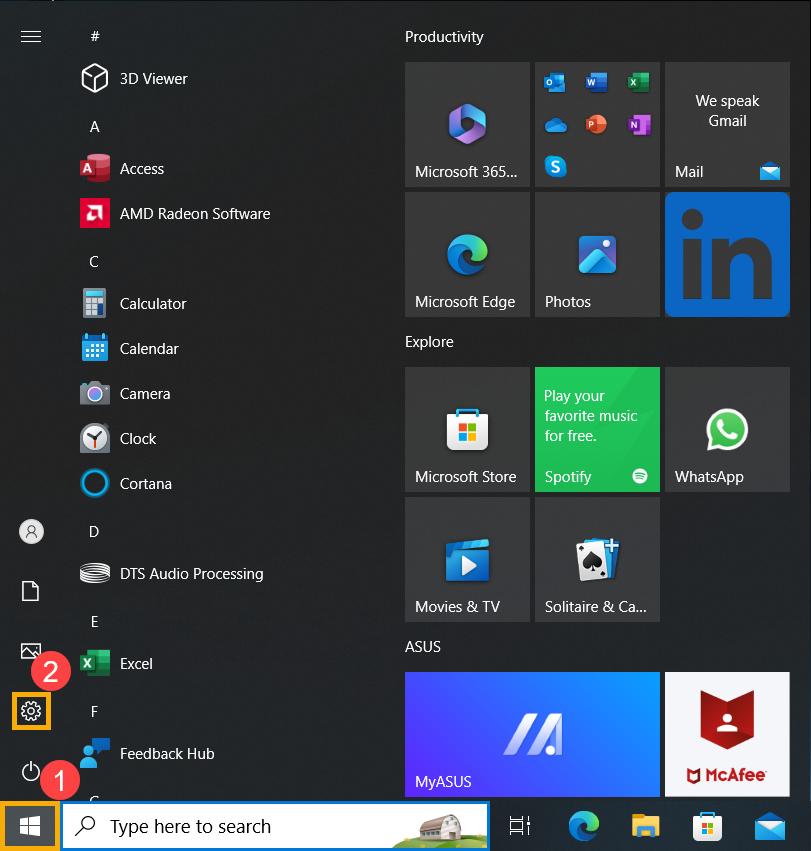
- In the Windows Settings window, click [System]③.
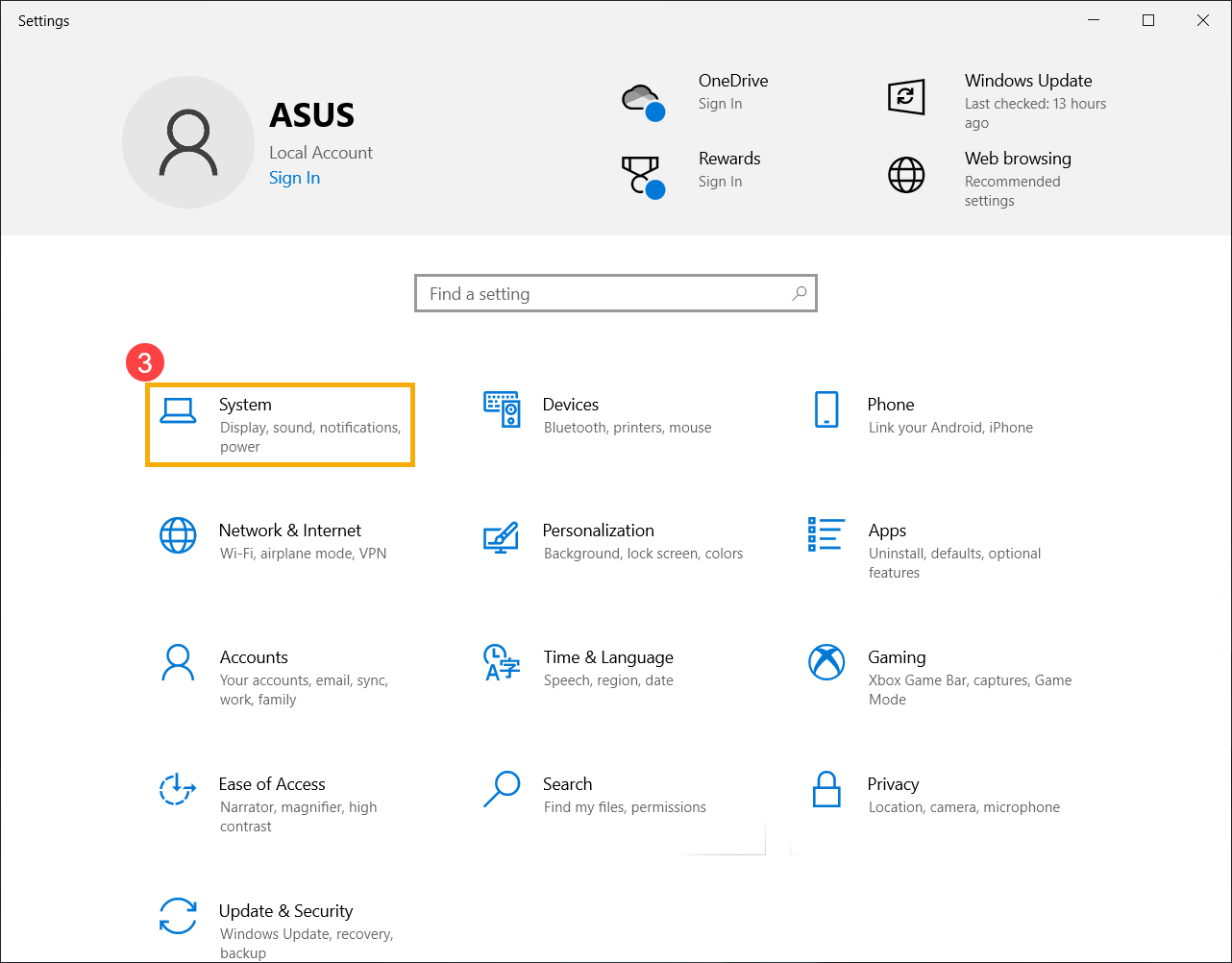
- In the System settings, click [Power & sleep]④, you can adjust two settings here⑤:
- Screen: Select how long your screen waits before turning off when you're not using the device.
- Sleep: Choose how long your device waits before entering sleep when not in use.
Note: If you want to disable sleep mode, simply change the setting to 'Never' in the dropdown menu.
Modify Power Options
- Type and search [Control Panel]① in the Windows search bar, then click [Open]②.

- In the Control Panel window, click [System and Security]③.
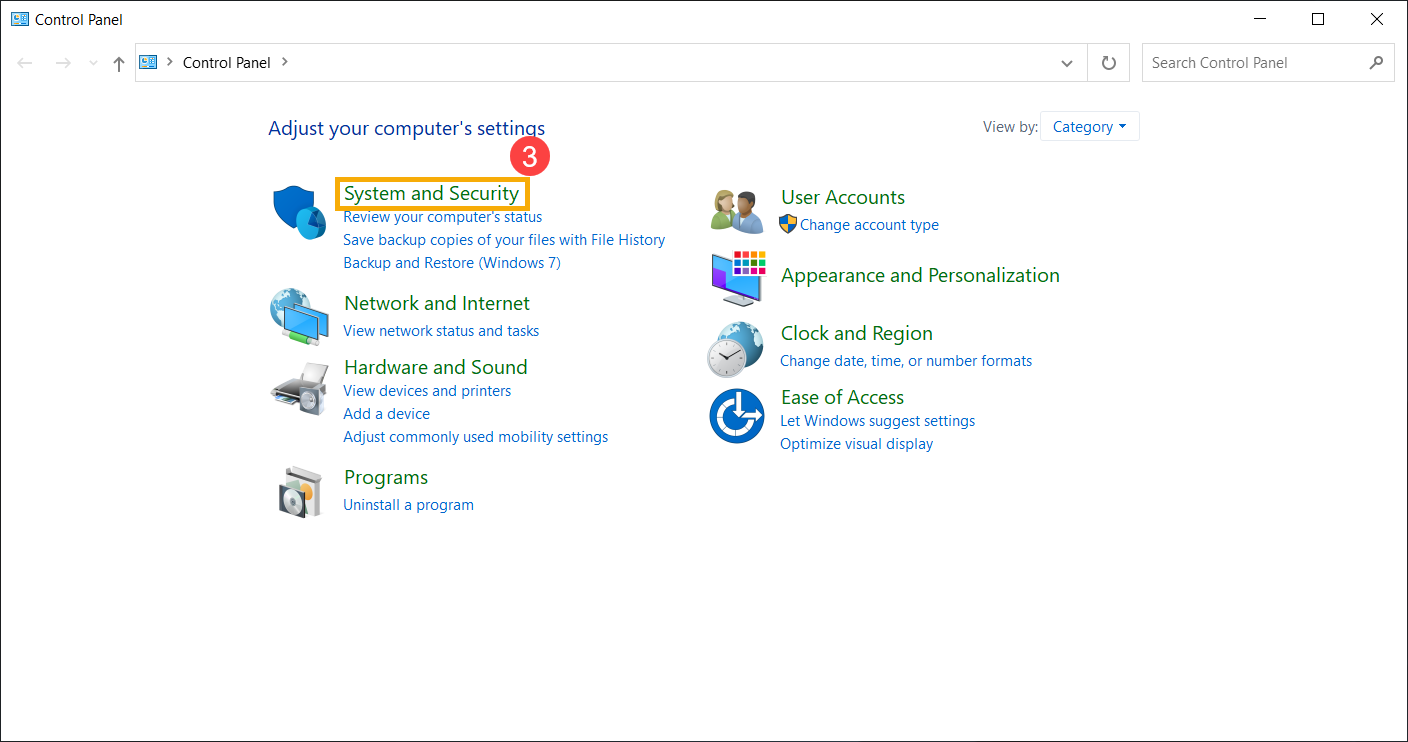
- In the Power Options category, click [Change what the power buttons do]④.
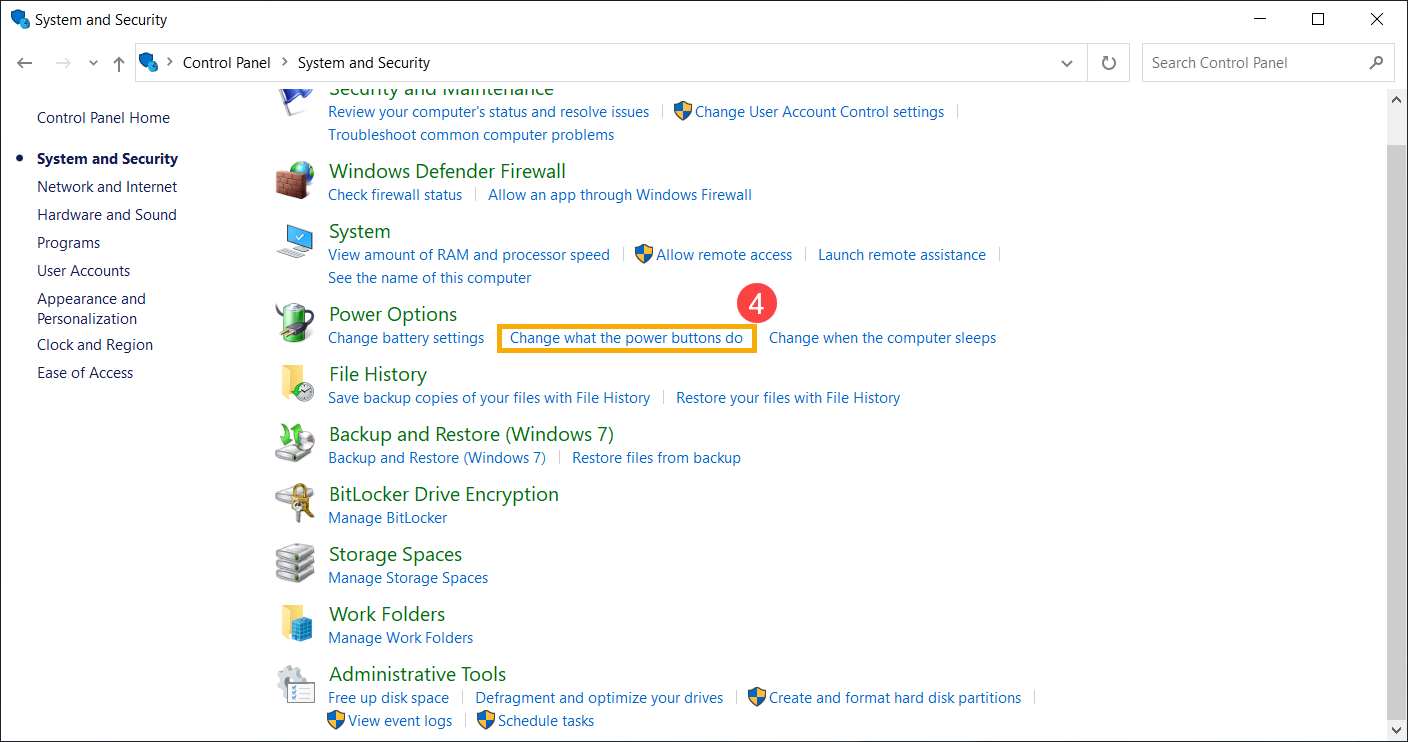
- Here, you can set what actions to take when you press the power button or when you close your laptop screen⑤.
Note: Desktop computers, All-in-One PCs, and gaming handhelds do not have the 「When I close the lid」 setting.
Note: If you wish to disable sleep mode, change the corresponding setting to 'Do nothing' and then save the changes.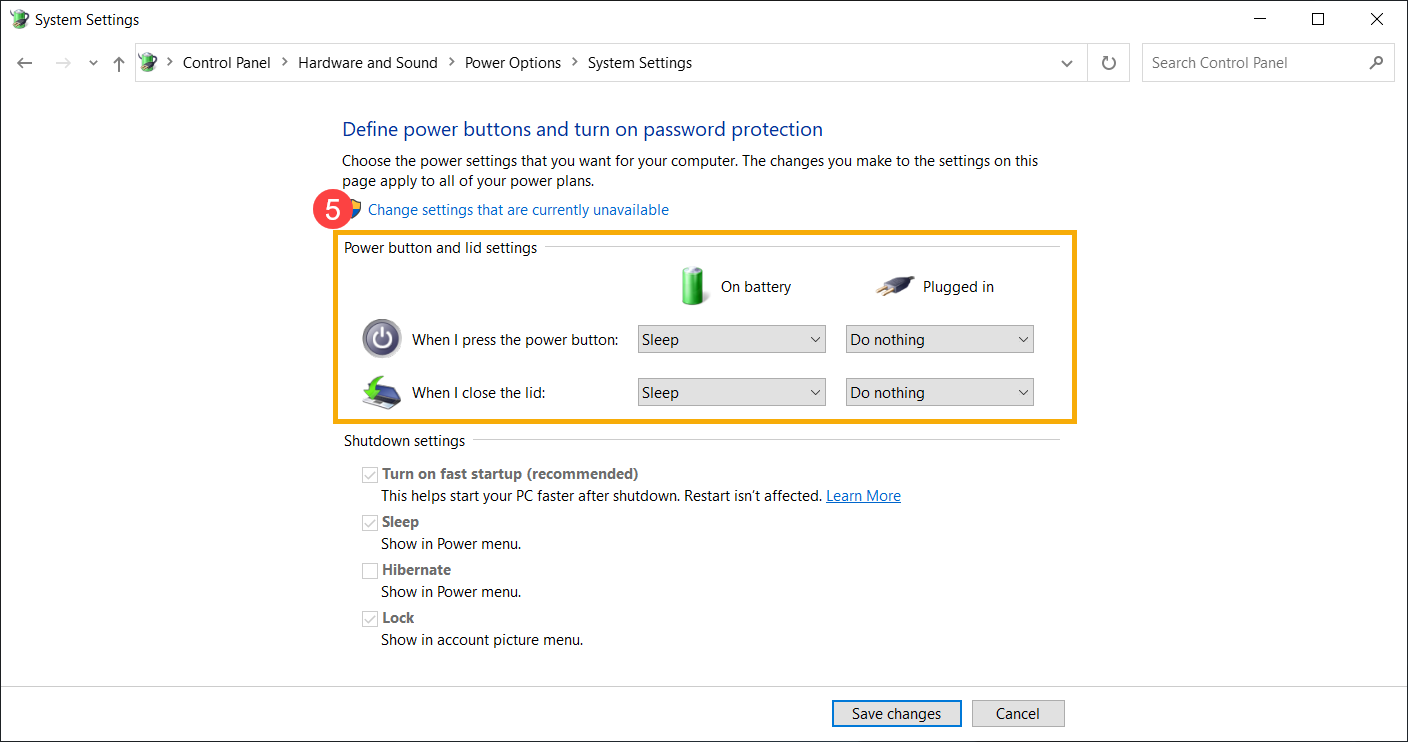
Update and Confirm BIOS, Windows Updates, and Drivers
Software updates often improve system stability and optimization, so it's recommended to regularly check for the latest versions for your device. Learn more about how to update BIOS:
How to update the BIOS version in Windows system
How to use EZ Flash to update the BIOS version
(For desktop products, please refer to ASUS Motherboard EZ Flash 3 Introduction.)
For executing Windows update and drivers update, here you can learn more about:
How to update drivers via System Update in MyASUS
Disable Hibernate
If you wish to completely turn off hibernation, you can use the following Command Prompt method:
- Type and search [Command Prompt]① in the Windows search bar, then click [Run as administrator]②.
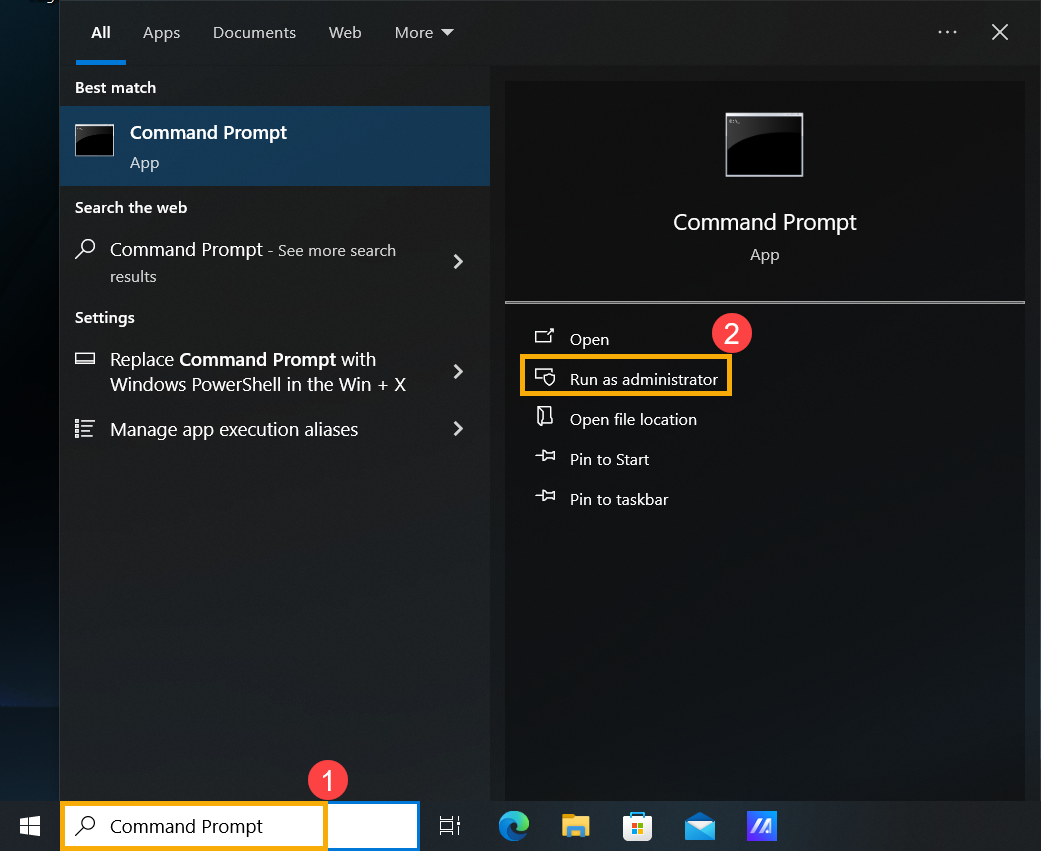
- When the User Account Control prompt appears, select [Yes]③.
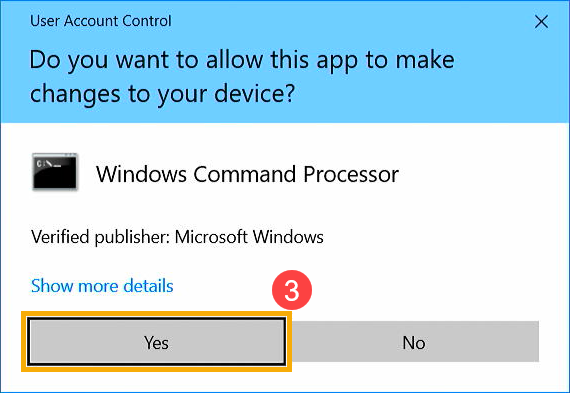
- In the Command Prompt, type 'powercfg.exe /hibernate off'④ and then press the Enter key to disable hibernation.
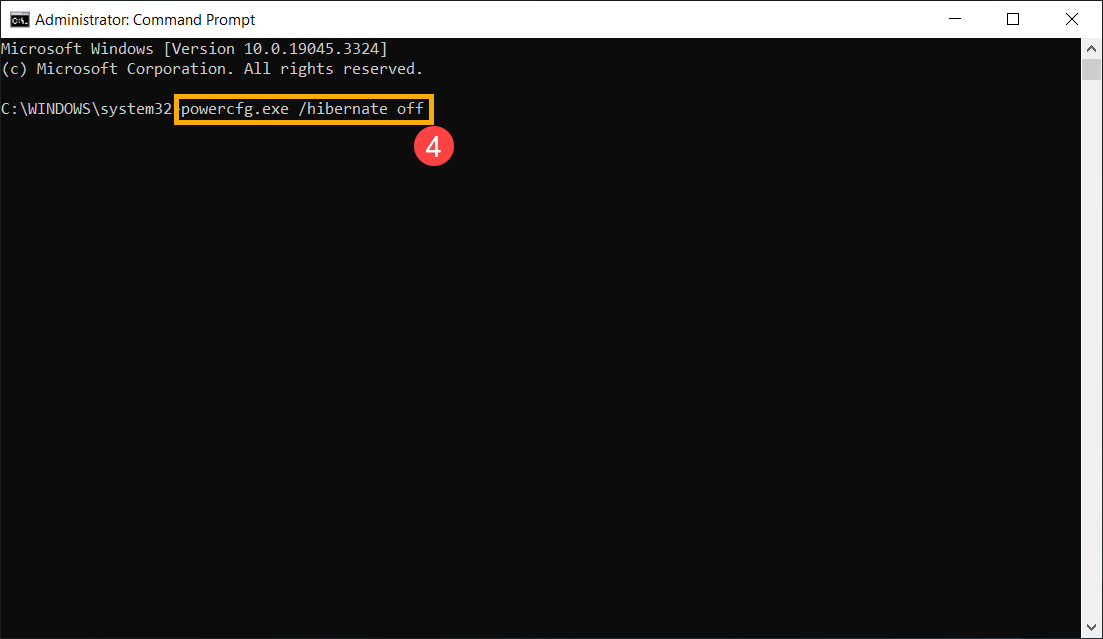
Note: If you wish to re-enable hibernation, simply use the Command Prompt again, and run the command 'powercfg.exe /hibernate on' with administrator privileges.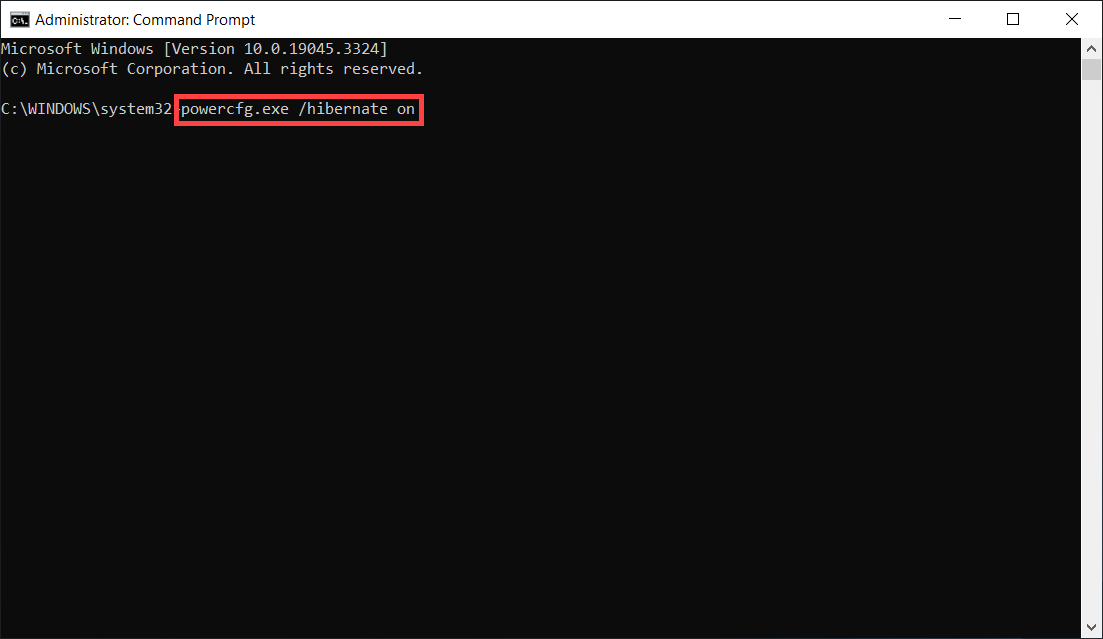
Inspect Device Cooling Issues
Fans within a device aid in air circulation to maintain stable and safe internal temperatures. If abnormal heating occurs due to cooling issues and threatens hardware damage, the device typically enters sleep mode or shuts down automatically. You can refer to this article to address cooling and fan problems: Troubleshooting - Cooling and Fan Issues.
Check Windows Task Scheduler
The built-in Windows Task Scheduler allows you to execute automated tasks on your device. While using this service, you can schedule programs to run on your device at specific events or times.
Examine your Task Scheduler settings to ensure no unintended tasks are causing your device to enter hibernate mode at unwanted times.
- Type and search [Control Panel]① in the Windows search bar, then click [Open]②.

- In the Control Panel window, click [System and Security]③.

- In the Administrative Tools category, click [Schedule tasks]④.
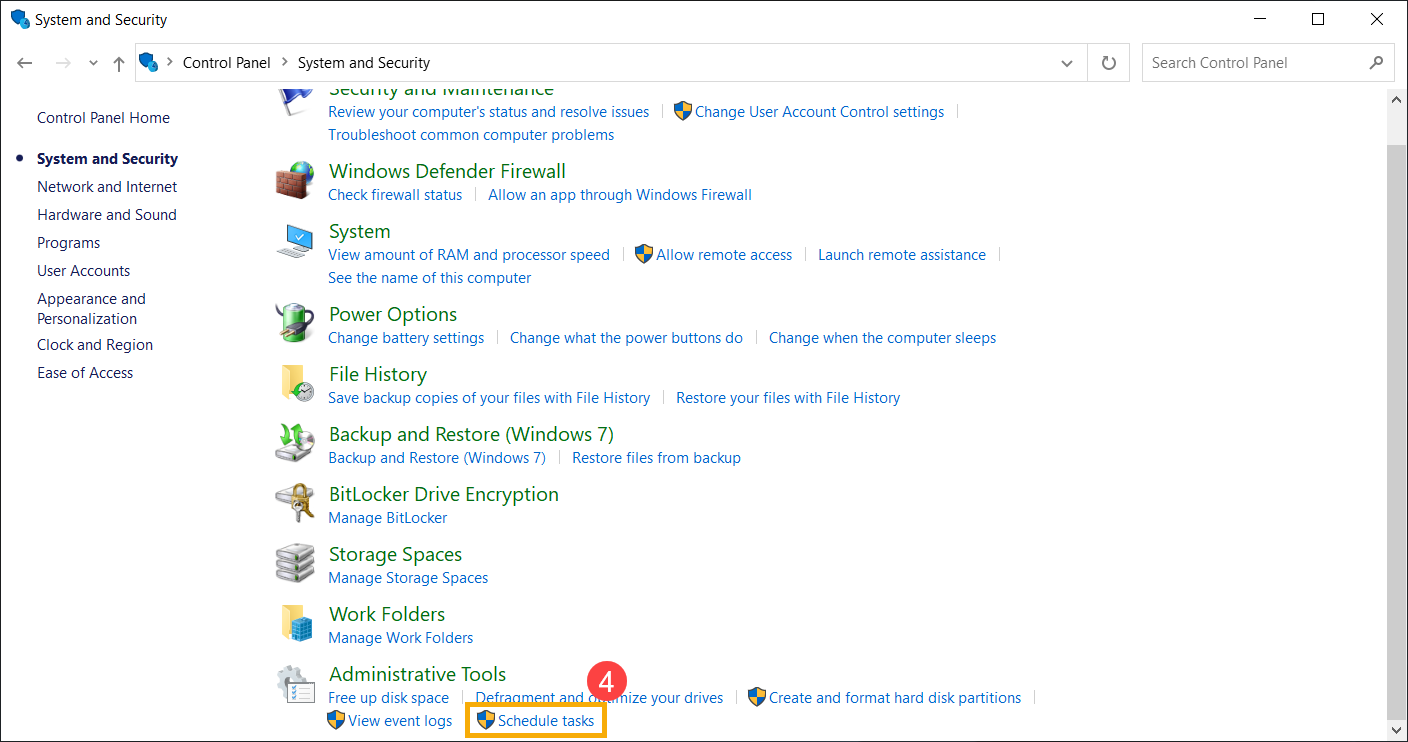
- In the Task Scheduler window, click on the [Task Scheduler Library]⑤ in the left-hand panel. The list above will display tasks configured for this device⑥. Check whether there are any scheduled tasks causing the device to enter sleep mode at times you do not desire.
Note: Pay special attention to tasks utilizing commands like 'shutdown /h' to trigger hibernation.
Use System Restore to Restore the System
If the issue started recently and you have previously created a system restore point or if the system has created an automatic restore point, you can try restoring the system to a point in time before the issue occurred. Learn more about How to restore the system from a created system restore point.
Perform a Windows System Restore
If all troubleshooting steps have been completed but the issue persists, back up your personal files and perform a system restore to return your device to its original configuration. Learn more: How to Restore (Reinstall) the System.
If your issue remains unresolved, please contact the ASUS customer service center for further information.